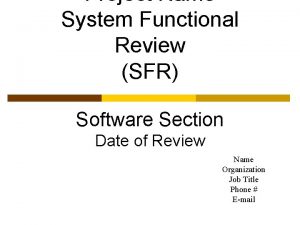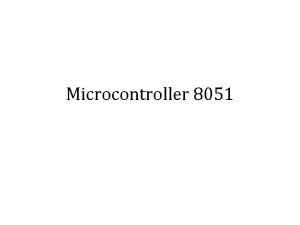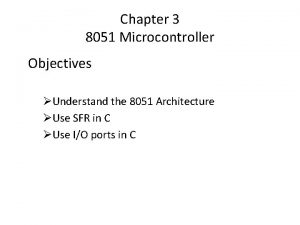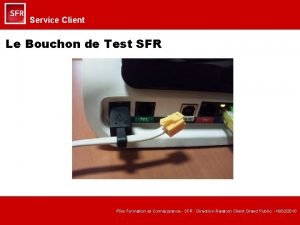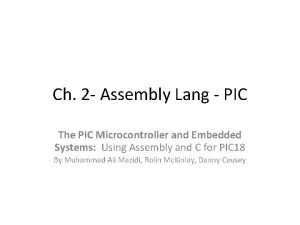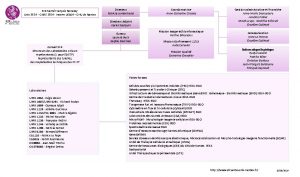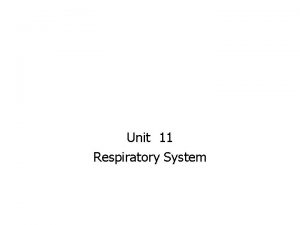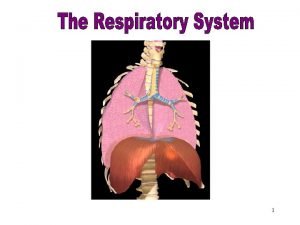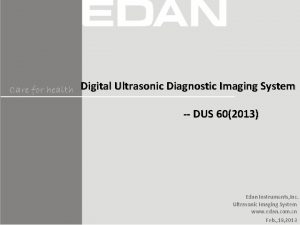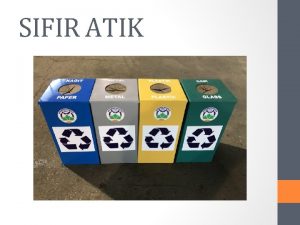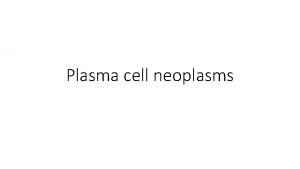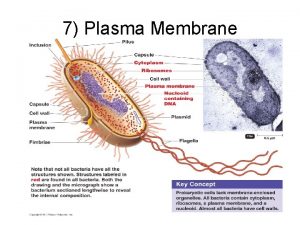1 Towards a Complete Plasma Diagnostic System SFR









- Slides: 9

1 Towards a Complete Plasma Diagnostic System SFR Workshop May 24, 2001 Dong Wu Zhao, Costas Spanos Berkeley, CA 2001 GOAL: Install automated OES and Z-scan sensor on LAM 9400 and build large statistical database of process fingerprinting data by 9/30/2001. 5/24/2001

2 Motivation • Plasma signals are difficult to characterize. • Drifts are subject to preventive maintenance, machine aging, chamber memory effects, etc. • One needs to describe signals both qualitatively and qualitatively by syntactic analysis. • One needs to extract meaningful features effectively from a large amount of data, for endpoint detection, wafer state modeling, etc. • Useful diagnostic signals come from a variety of sensors (OES, RF, etc), and must be combined for best diagnostic results. 5/24/2001

3 Available Data from LAM 9400 • machine settings We have three distyinct sources of signals: 1. Optical Emission Spectroscopy (200 – 1100 nm). 2. Z-scan signals of current voltage, impedance, at five harmonics of 13. 56 Mhz. (sensor and software donated by Advanced Energy) 3. Regular machine signals & settings, power, pressure, temperature, gas flow rate. • An automated data management system monitors all three data sources and builds a large data base over time. 5/24/2001 OES machine signals

4 Hardware Setup in the Berkeley Microlab Workstation SECII OES sensor 5/24/2001 Lam 9400 Z-scan sensor

5 OES CF 2 line for Endpoint Detection This is a Cl 2 poly etch step. CF 2 lines 321 nm, 275 nm show transition down to 1% area exposure. Notice that CF 4 etches oxide. 5/24/2001

6 Wafer State Modeling of Uniformity & Etch Rate: combined sensor signals give the best results Signal source OES signals Wafer state Significant signals R 2 adj. Uniformity 997 nm, 559 nm, 1049 nm, 974 nm 355 nm, 207 nm, 202 nm, 210 nm TCP load cap, HBr stpt, cham press TCP load cap, Cl 2, RF line imp #1 V 1, I 1 I 5 . 9470 Etch Rate SECS-II Signals Uniformity ZSCAN Uniformity Etch Rate RF signals Etch Rate All Uniformity Etch Rate 5/24/2001 . 9765. 8325. 8941. 4491. 217 997 nm, 559 nm, 1049 nm, 974. 9470 nm. 9845 355 nm, 207 nm, I 4, load coil

7 Database Exploring Software Features • We are developing a software tool to visually explore the nature of data. ØSelect data based on date/time, recipe, or machine settings. ØGenerate machine settings and signal value distributions. ØCompute signal correlation. ØGenerate within-wafer plot, I. e. , signal vs. time. ØGenerate cross-wafer plot, I. e. , signal vs. signal. 5/24/2001

8 Syntactic Analysis • Assign codes to OES peaks, Z-scan harmonics, and machine signals: Ø Large increase: 2 Ø Moderate increase: 1 Ø Unchanged: 0 Ø Moderate decrease: -1 Ø Large decrease: -2 • Selectively monitor numerical values of certain signals. For example, if pressure consistently drifts away from the setting point, we should fire an alarm. Put the code in a stream: {OES peak codes}{Z-scan harmonic codes}{machine signal codes}, e. g. , {0 0 0 1 0 2 0…. 0 – 1}{0 0 – 2 – 1 … 0 1 0}{0 2 1 0 … 0 – 1 0} 5/24/2001

9 2002 and 2003 Goals Deploy automated fault detection system using high sampling rate RF fingerprinting. Study automated generation of syntactic analysis rules for RF fingerprinting, by 9/30/2002. Study systems of real-time instability detection and plasma stabilization control; perform field studies of automated OES classification for fault diagnosis, by 9/30/2003. 5/24/2001
